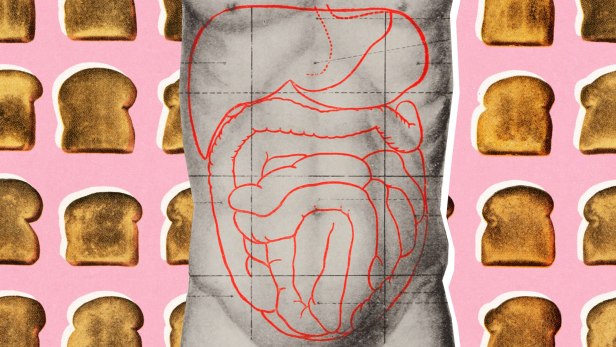Can’t eat gluten? Pesticides and nonstick pans might have something to do with it, study says
By Zoya Tierstein | Grist | May 13, 2020

Read the full article by Zoya Tierstein (Grist)
“It seems like everyone knows someone with a sensitivity to gluten — a protein mixture found in cereal grains, like wheat and barley. A third of all Americans say they avoid products with gluten in them, and grocery store shelves are overflowing with gluten-free products that didn’t exist a decade ago.
For roughly 1 percent of the planet’s population, eating gluten triggers a genetic immune response called celiac disease that has wide-ranging consequences. The disease’s symptoms range from mild, like diarrhea, fatigue, gas, to severe. Think nausea and vomiting, osteoporosis, infertility, neurological problems, and even the development of other autoimmune diseases.
The root causes of celiac disease have largely stumped epidemiologists. But a study out Tuesday by researchers from New York University establishes a link between the disease and two groups of manmade chemicals: pesticides and a compound known as PFAS, which is often found in products around the house. It might help explain why some people who are susceptible to celiac disease end up developing it when others don’t. The researchers analyzed the levels of toxic chemicals in the blood of 90 children, 30 of whom had recently been diagnosed celiac. They found that those with high levels of pesticides in their blood were twice as likely to develop the disease.
‘Our study establishes the first measurable tie-in between environmental exposure to toxic chemicals and celiac disease,’ Jeremiah Levine, a coauthor and a professor of pediatrics at NYU Langone Medical Center, said.
Ben Lebwohl, director of clinical research at Columbia University’s Celiac Disease Center, said the results should be treated with caution. ‘There are a number of limitations that prevent us from drawing sweeping conclusions,’ he said in an email to colleagues on Tuesday. He pointed out that the study only looked at children who had already been diagnosed with celiac. ‘Children who get diagnosed are likely different in important ways related to health care utilization and socioeconomics, which may be associated with these pollutant levels.’
But Lebwohl said the research added to a growing body of work that suggest that environmental factors increase the risk of gluten intolerance. The study, he said, “mandates follow-up work.”
Levine and the other researchers also tested for toxic chemicals called per- and polyfluoroalkyl substances found in nonstick cookware and fire retardant and have been linked to multiple types of cancer and other harmful diseases. The study was conducted on subjects under the age of 21 because children and young adults are uniquely vulnerable to chemicals that may disrupt immune function…”
This content provided by the PFAS Project.
Topics: